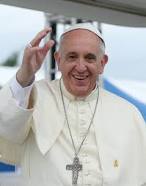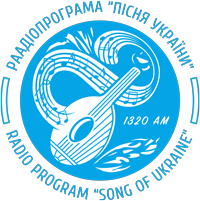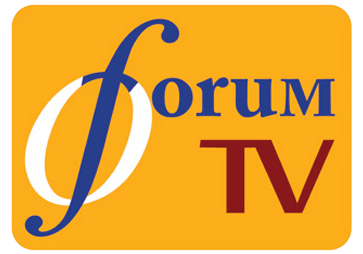Папа Франциск був загадкою під час свого перебування в Аргентині. Все ще католицькі кардинали в усьому світі вірили, що за допомогою Святого Духа, який ширяє над колегією кардиналів, вони якимось чином зробили це правильно, коли проголосували за нього як Предстоятеля...










